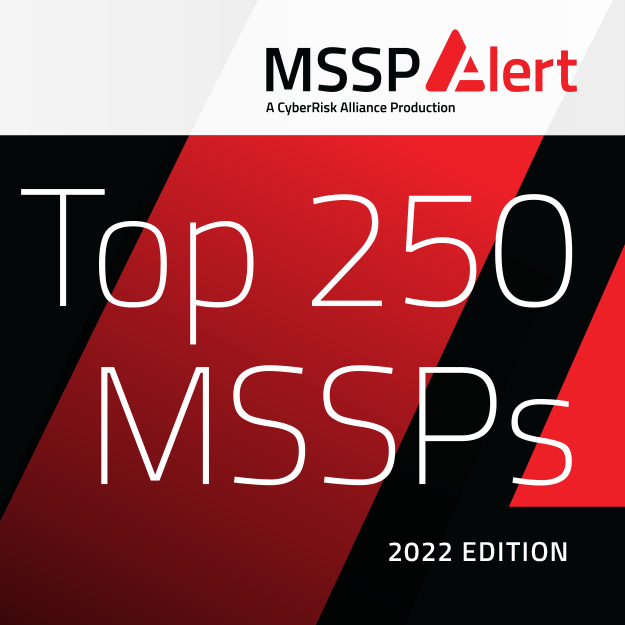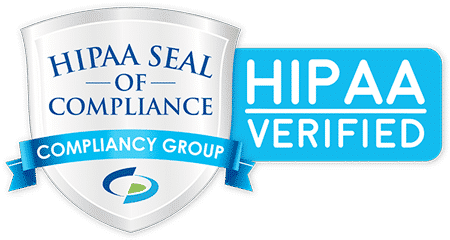Transforming Business Technology From Cost Center to Competitive Advantage

Transforming business technology from a cost center to a competitive advantage involves viewing IT as a strategic asset that drives growth. Prioritize proactive support and foster cross-functional collaboration to prevent downtime. Adopt a solid cybersecurity framework that improves security while being cost-effective. Use real-time visibility for informed decision-making and focus on customer-centric innovation. This approach […]
Cybersecurity Horror Story: Real-Life Attacks That Could Have Been Prevented

Tales of Cyber Disasters In the digital age, cyberattacks are becoming more frequent, sophisticated, and devastating. This kind of horror story often stems from simple mistakes or overlooked vulnerabilities, leading to severe financial and reputational damage. Whether it’s ransomware paralyzing an organization or phishing scams duping employees, these attacks highlight the importance of proactive cybersecurity […]
WheelHouse IT Celebrated as Top-Performing Managed Service Provider in Channel Futures 2024 MSP 501 Rankings

WheelHouse IT Recognized for Excellence in Growth, Innovation, and Customer Service June 21, 2024: WheelHouse IT has once again proven its industry leadership by being named one of the world’s top-performing managed service providers in the prestigious 2024 Channel Futures MSP 501 rankings, placing #51. This marks the sixth consecutive year that WheelHouse IT has […]
What Are The Three Rules of HIPAA?

The Health Insurance Portability and Accountability Act (HIPAA) lays out three rules for protecting patient health information, namely: The Privacy Rule The Security Rule The Breach Notification Rule A national standard is established when these three rules are followed, and health information that could be used to identify a person is addressed by these standards […]
VoIP Benefits for Small Businesses

VoIP can do a lot to minimize communications costs for your business. Let’s take a look at VoIP.








